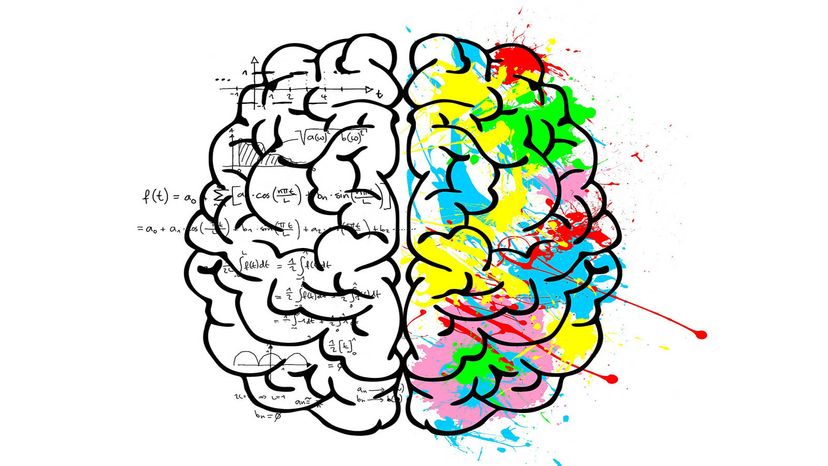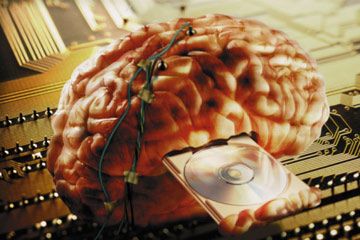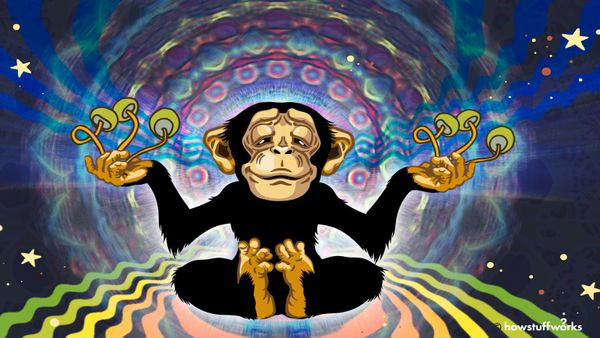
Key Takeaways
- Julian Jaynes proposed that early humans operated with a "bicameral" or two-chambered mind, with one part of the brain generating commands that another part perceived as the voice of gods.
- This theory suggests that modern consciousness, characterized by introspection and self-awareness, emerged around 3,000 years ago.
- While Jaynes' hypothesis remains controversial and unprovable, it has prompted further research into how ancient humans experienced consciousness.
What is consciousness and how did it emerge in human beings?
Great thinkers have pondered these questions for ages – and the subject continues to intrigue us. We know that our mental state sets us apart from other animals. We also know we're a product of evolution. Gradual changes occurred over time to make us what we are today. One of those changes is the emergence of consciousness.
Advertisement
But when exactly did this change take place? When did humans, or perhaps our pre-human ancestors, shift from a life of instinctual existence to a life of reason, reflection and inner complexity? Furthermore, what were we like before the change? How do we imagine humans without a modern consciousness?
Various hypotheses have tackled these mind-blowing questions, entailing everything from the limitations of human attention to quantum theory. The true answer remains elusive. Today, we are going to consider a single, somewhat controversial hypothesis: the bicameral mind.
Advertisement



